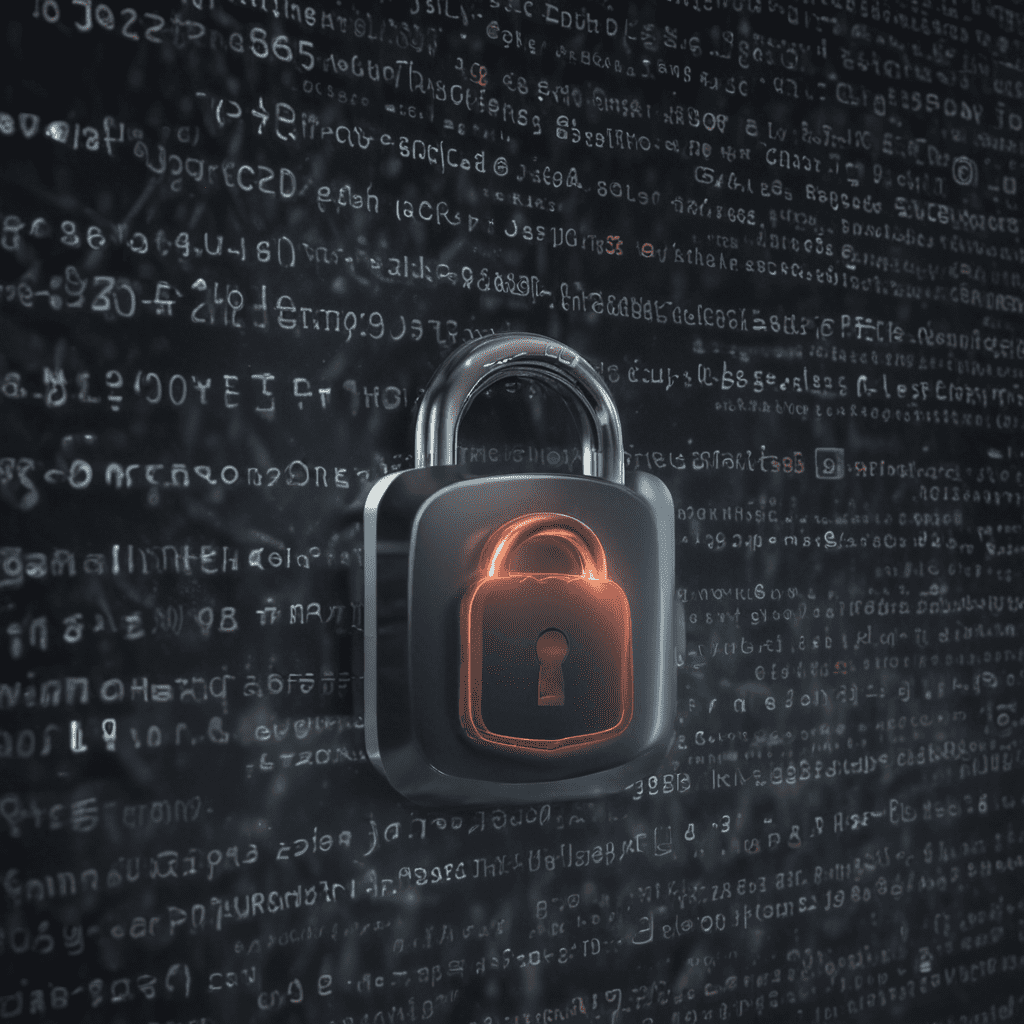
Introduction to SaaS Encryption
In the era of escalating cyber threats, safeguarding sensitive data is paramount. SaaS encryption emerges as a robust solution to enhance data security and protect valuable information stored and processed in the cloud. By implementing encryption measures, organizations can significantly reduce the risk of data breaches, unauthorized access, and malicious attacks.
Types of SaaS Encryption
SaaS encryption encompasses various methods to secure data, including:
- Data-at-rest Encryption: Encrypts data stored in databases and file systems, rendering it inaccessible to unauthorized parties even in the event of a security breach.
- Data-in-transit Encryption: Protects data while being transmitted over networks, preventing interception and eavesdropping.
- Tokenization: Replaces sensitive data with unique tokens, safeguarding the original information while preserving its functionality.
Benefits of SaaS Encryption
Deploying SaaS encryption offers numerous advantages, including:
- Increased Data Security: Encryption transforms data into an unreadable format, making it virtually impenetrable to prying eyes.
- Compliance with Regulations: Many industries and regulations require data encryption to safeguard sensitive information, ensuring compliance with industry standards.
- Protection Against Insider Threats: Encryption mitigates the risk of data theft or misuse by malicious insiders with access to SaaS applications.
- Enhanced Customer Trust: Implementing robust encryption measures fosters customer confidence and trust in the organization's ability to protect their personal and financial data.
- Improved Business Continuity: Data encryption safeguards critical information during disasters or system failures, ensuring business continuity and minimizing disruptions.
Considerations for Implementing SaaS Encryption
To successfully implement SaaS encryption, several key factors must be taken into account:
- Selection of Encryption Mechanisms: Choosing the appropriate encryption method depends on specific data security requirements and business objectives.
- Integration with Existing Systems: Encryption solutions should seamlessly integrate with existing SaaS applications and infrastructure to avoid disruptions.
- Performance Impact: Encryption can impact system performance, so organizations need to strike a balance between security and efficiency.
- Cost and Scalability: Encryption solutions should be cost-effective and scalable to meet growing data volumes and changing business needs.
Key Management in SaaS Encryption
Effective key management is crucial for SaaS encryption. Proper key storage, rotation, and access control measures ensure that encryption keys are secure and protected from unauthorized access. Organizations can opt for cloud-based key management services or implement their own on-premises key management systems.
Compliance and Regulatory Requirements
Compliance with industry regulations and data protection laws is essential when implementing SaaS encryption. Organizations need to understand the specific requirements applicable to their industry and ensure that their encryption practices meet these standards. Maintaining compliance not only protects sensitive data but also avoids legal penalties and reputational damage.
Encryption Best Practices
Following industry best practices is paramount for effective SaaS encryption:
- Use Strong Encryption Algorithms: Employ robust encryption algorithms, such as AES-256 or RSA, to ensure maximum data protection.
- Implement Multi-Factor Authentication: Require multiple authentication factors, such as passwords and security codes, to access encrypted data.
- Regularly Update Encryption Keys: Regularly rotate and update encryption keys to prevent unauthorized access in the event of a key compromise.
- Educate Users on Encryption Best Practices: Train employees on the importance of data encryption and encourage responsible handling of sensitive information.
Data Encryption Standards
Numerous data encryption standards provide guidance on implementing encryption measures:
- NIST (National Institute of Standards and Technology): Provides robust encryption standards and guidelines for data protection.
- ISO/IEC 27001 (Information Security Management Systems): Defines international best practices for information security, including encryption.
- PCI DSS (Payment Card Industry Data Security Standard): Focuses on protecting payment card data through encryption and other security measures.
Emerging Trends in SaaS Encryption
The SaaS encryption landscape is constantly evolving, with several emerging trends:
- Quantum-Resistant Encryption: As quantum computers become more prevalent, organizations explore encryption algorithms that are resistant to quantum attacks.
- Homomorphic Encryption: Allows computations to be performed on encrypted data without decrypting it, enhancing data privacy.
- Cloud-Native Encryption: Encryption solutions specifically designed for cloud environments, offering ease of implementation and scalability.
Conclusion
SaaS encryption plays a vital role in safeguarding sensitive data in the cloud. By deploying robust encryption measures, organizations can mitigate the risk of data breaches, comply with industry regulations, and build trust among customers.


